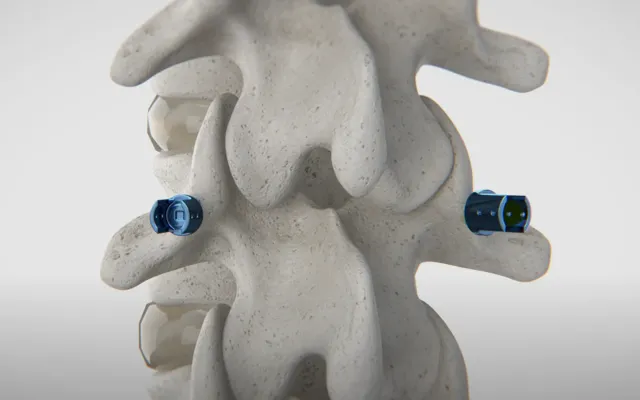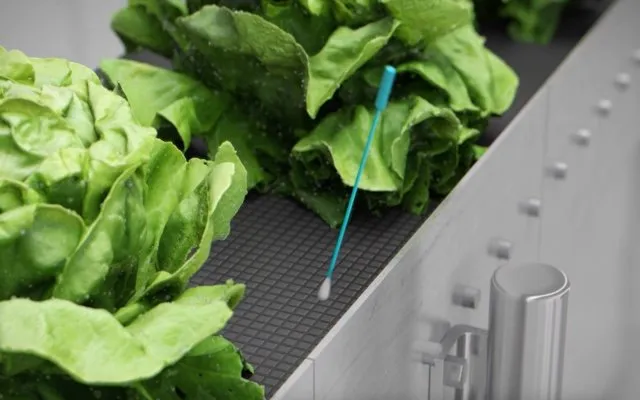3D Product Animation
In the competitive world of marketing, 3D animation is no longer just a luxury; it’s a necessity for companies aiming to captivate their audience and drive conversions. Discover the most impactful product animation to elevate your marketing strategy.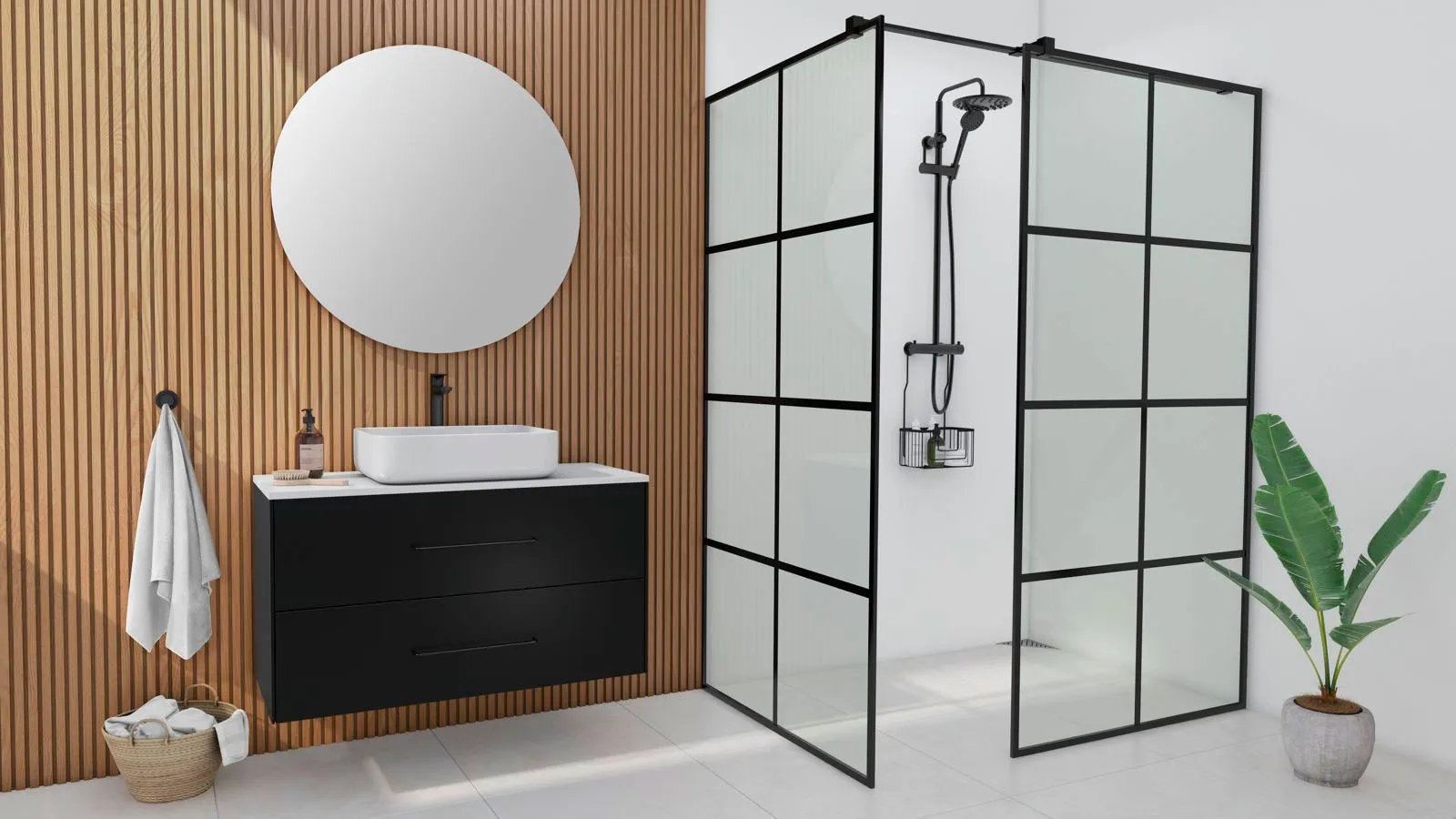
What is 3D Product Animation?
Presenting your product, brand, and expertise in a 3D product animation, instead of recorded video or still images, allows you to highlight product features and unique selling points to your audience in ways that traditional video technology cannot match
The adoption of animated product videos by companies with physical and especially technical products has seen a significant increase in the last few years, as they have become more affordable. Various industries now use them for training, support service, and advertising purposes.
To name a few you can see animated product videos in the furniture industry, mechanical, construction, and aerospace industry as it helps them to put a spotlight on the product’s greatest features.
Do you need a 3D Product Animation Video?
Most industries that produce and sell products for personal use, business use, or even heavy machinery have to show what their products do in a short amount of time. Furthermore, 3D product animation videos are perfect for marketing purposes and events.
Additionally, an animated product video has the ability to make your company stand out from the competition. It can draw more attention since potential customers like to know what value your products offer in the shortest period of time.
On top of this, a specifically-crafted product animation can bring you more new customers, enhance the quality of relationships with the old customer base and make you a leader in your niche.
Why choose Pinksquare
With more than a decade of experience in industrial 3D animation it is our mission to design superb 3D product animation videos and to help you raise awareness around your latest product innovation.
Affordable Prices
Easy Process
Fast
Technical
Quote in 24 hours
Expertise
14 Years Experience
Google 5-Star Reviews
Quality
Benefits of 3D Animation Product Video
Faster Prototyping
- Realistic Visualization: Swiftly create and refine lifelike prototypes for faster design iterations.
- Iterative Design: Dynamically explore design possibilities, accelerating the path from concept to final product.
Efficient Product Marketing
- Compelling Visual Storytelling: Engage audiences with visually immersive animations, simplifying the communication of complex product features.
- Versatility: Repurpose animations across diverse marketing channels for consistent and impactful messaging.
Enchanced Customer Relationships
- Interactive Engagement: Foster deeper connections with interactive 3D experiences, allowing users to explore products in detail.
- Clear Communication: Convey product information accurately, building trust and strengthening customer relationships.
Leadership Positioning in Your Niche:
- Innovative Brand Image: Showcase forward-thinking by leveraging cutting-edge technology in marketing.
- Authority in Demonstration: Establish industry leadership by presenting products with visual excellence, demonstrating a deep understanding of their value.
We work with manufacturing, industrial,
and product-based brands.
How much does it cost
These are the 4 main variables affecting the price of a 3D animation.
3D Model
Is the model supplied or
should we model it?
Duration
What is the duration
and the storyline?
Complexity
Simple rotation or
complex movements?
Quality
Simple, realistic or
something in between?
Google Reviews
Receive a free quote within 24 hours
Five Types of Product Animation Videos
Product videos are a powerful tool for your marketing strategy, so it’s important to choose the product video to make this tool as effective.
1. Launch video
This type of 3D product video is used to market the product launch of your new product. Therefore, it becomes the perfect way to introduce a visual demonstration and the benefits of the launching product.
2. Instruction animation
A 3D instruction animation focuses on how to install, assemble, maintain and use your product. On top of making life easier for the customer or the person using your product, making it easier for them also potentially saves your employees time.
3. Process video
A product video that focuses on explaining processes. This could be for industrial processing equipment or even the process of producing the product itself.
4. Close-up video
This product video will show the product design, texture, and materials in detail.
5. Cross-section video
Many technical products have features or technologies that are hidden. As a result, they can be demonstrated by showing the product in an animation with exploded or cross-section views.
What our clients say about us
Our clients include large, small and mid-sized organizations and span across a variety of different sectors and industries.
“The animation produced by PinkSquare went above and beyond all expectations.“
“We have in connection with the realisation of our 3D video instructions received help from PinkSquare. The key words for the cooperation were, creativity, efficiency and quality.“
“It has been a super experience from beginning to end. Easy, efficient and a fantastic service.”
“Very happy and feel like we got excellent value for money working with you”
Cases
These cases are examples of how 3D product videos have helped our manufacturing clients showcase industrial products, demonstrate instructions while turning their products into stunning visual content.
STC Robot Arm
3D MODEL: We modelled everything on the scene based on client’s blueprints.
COMPLEXITY: Complex and detailed movements were required to convey product’s capabilities
QUALITY: The client requested a realistic look.
RESULT: A 3D animation simulating exact production flow, second by second. Allowing STC to optimize their production output and to communicate this clearly to their customers.
Verlo Mattress
3D MODEL: Everything was modelled from images supplied by Verlo.
COMPLEXITY: Somewhat complex movements were required to communicate the unique selling points.
QUALITY: A semi-realistic look was requested.
RESULT: The animation lets the viewer clearly see all parts of the product, observe how the pieces can be adjusted and also understand the effect that these alterations have on the mattress.
Our Process
By following these steps, the process is made transparent, easy and the production time is shortened while still reaching the right final result.
You receive a rough preliminary version. 1 round of comments on timing, camera angle, movement.
You receive 1 still image. 1 round of comments on look/feel/quality
Final delivery, with watermark, which will be removed upon receipt of final payment
Receive A Free Quote Within
One Business Day
A good product deserves
a good presentation
We provide 3D animation services for a wide variety of businesses within the industrial, construction, and consumer sectors. Our animation videos are used for marketing, instructional and commercial purposes.
Frequently Asked Questions
How does 3D product animation enhance marketing?
3D animation elevates marketing by visually engaging audiences, simplifying complex product communication, and ensuring consistent messaging across diverse channels.
How does 3D product animation improve customer relationships?
Offering an interactive experience, 3D animations deepen customer understanding, foster trust through clear communication, and position your brand as an innovative industry leader.
Is 3D product animation customizable to my industry?
Absolutely. Tailored for various industries, 3D animations highlight unique product features, aligning seamlessly with your brand identity and appealing to your target audience.

